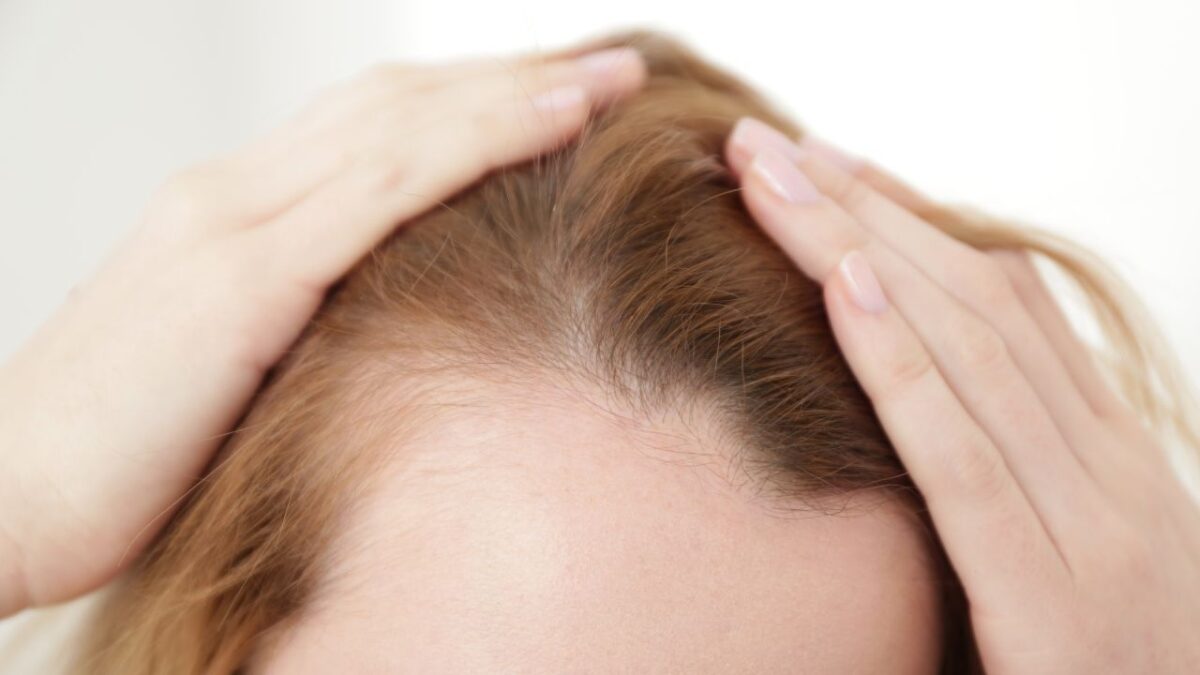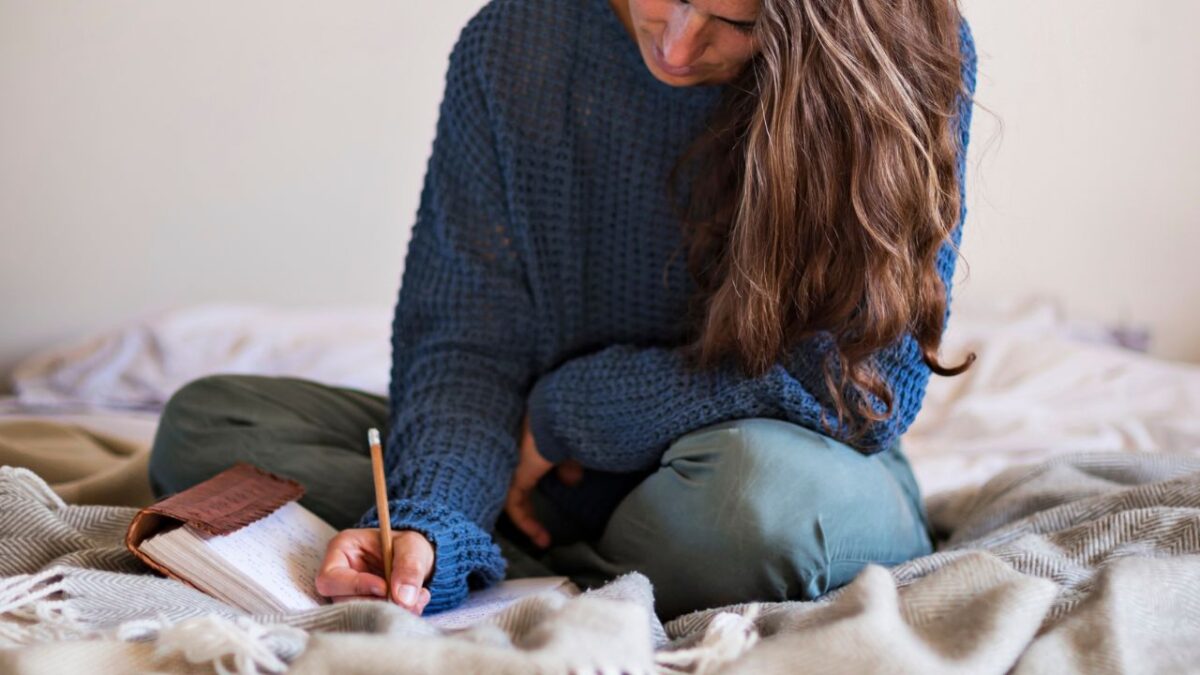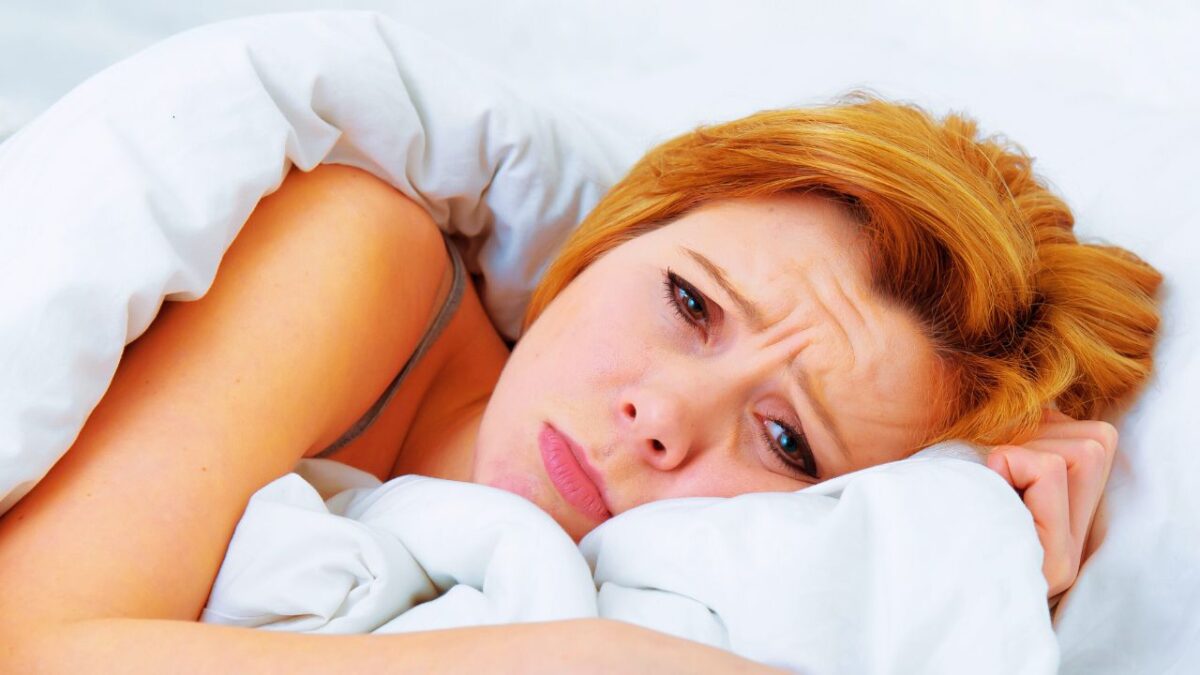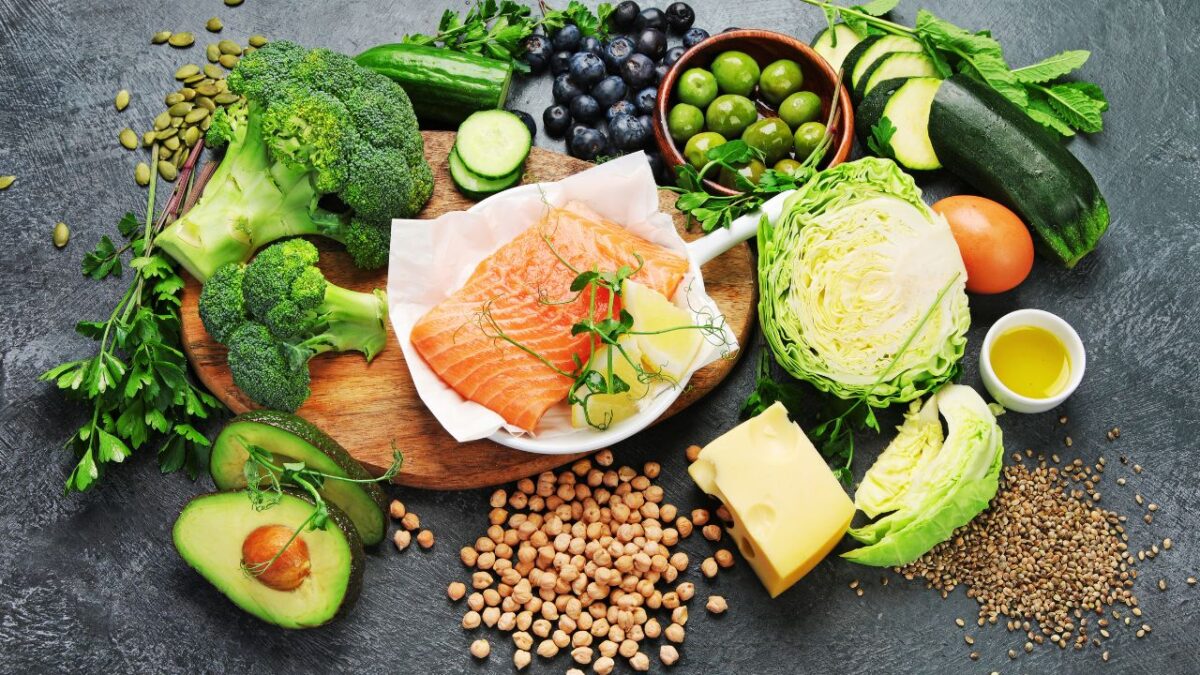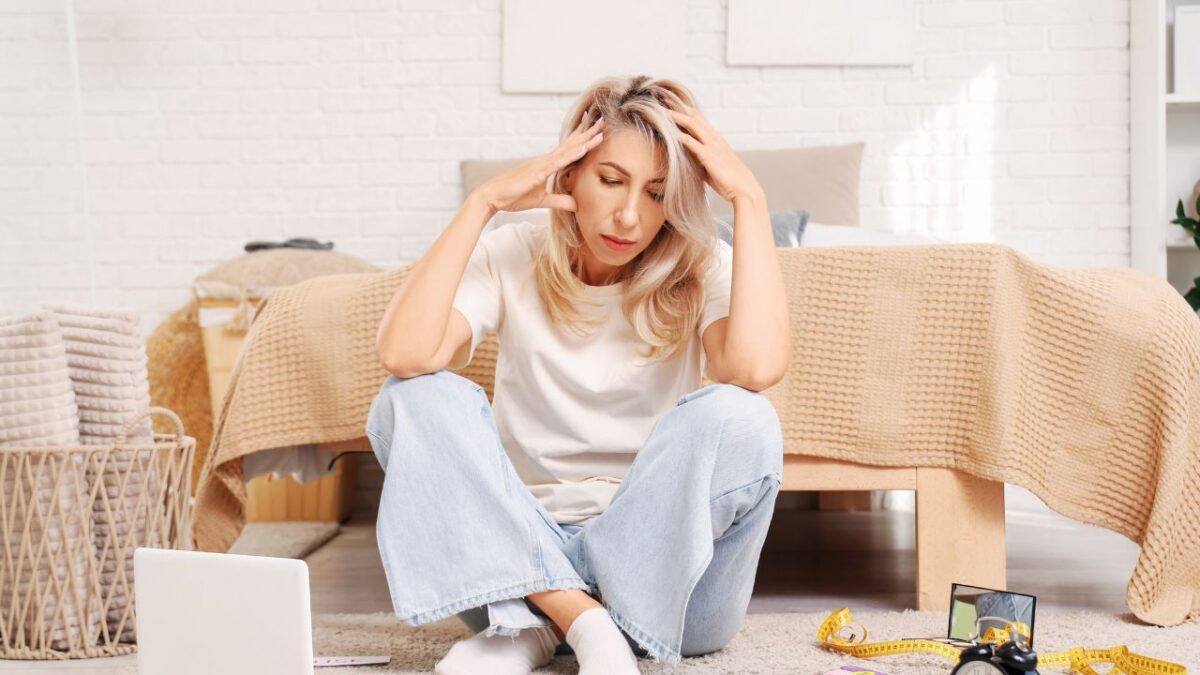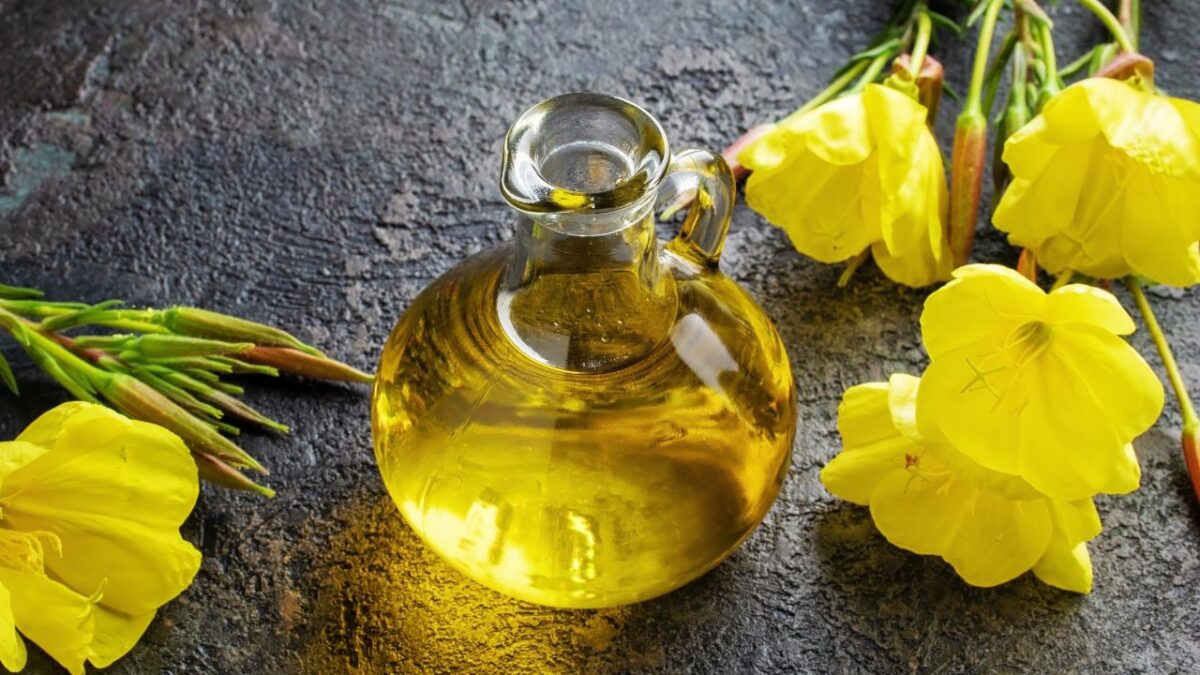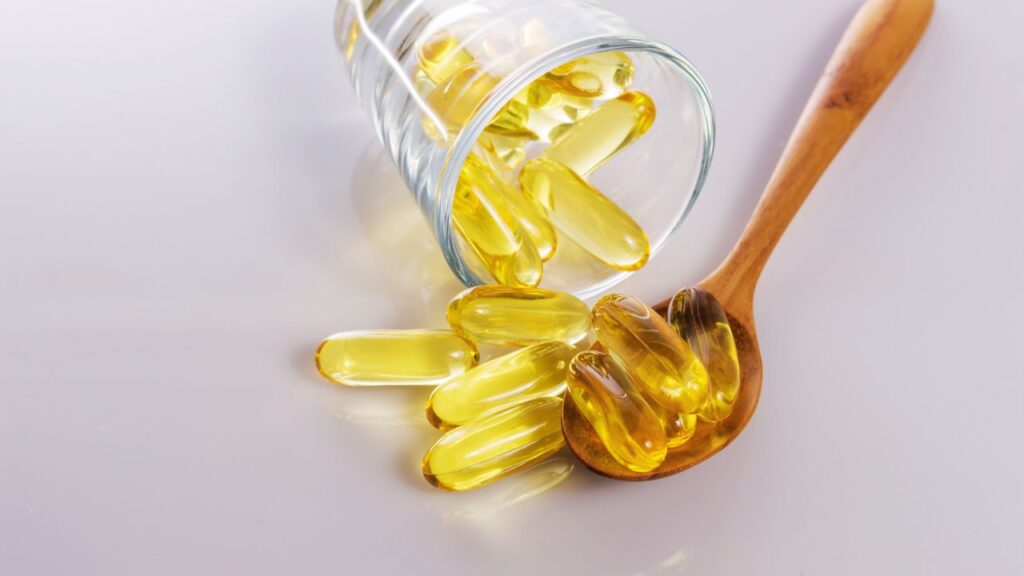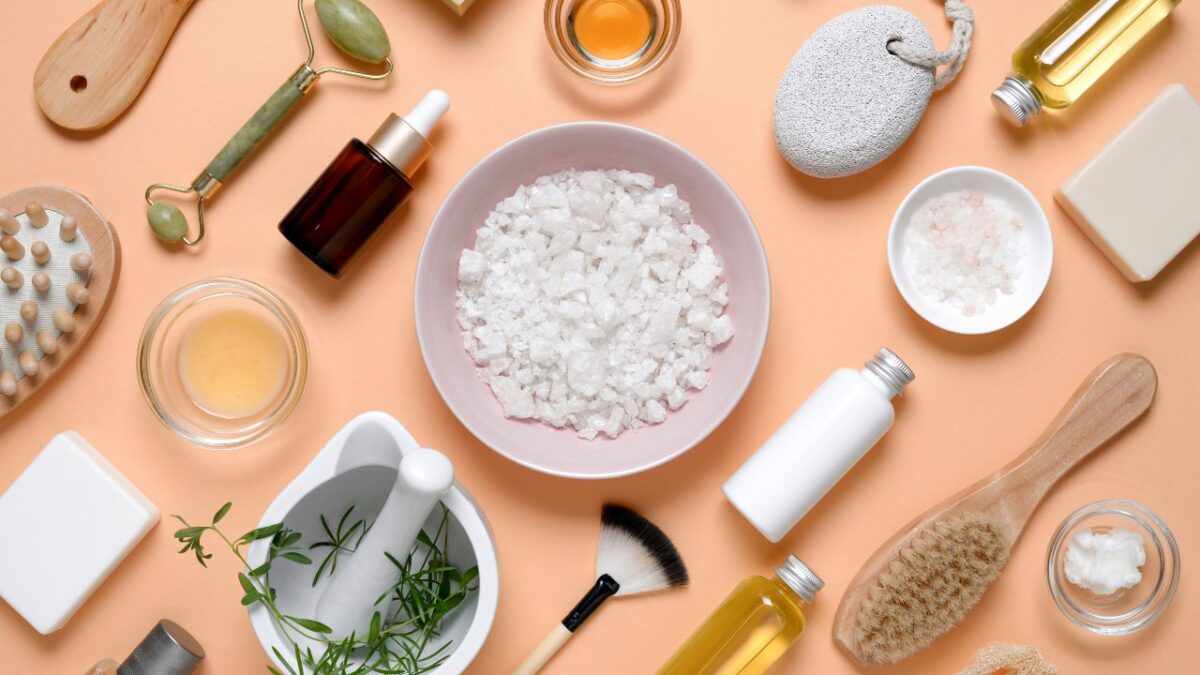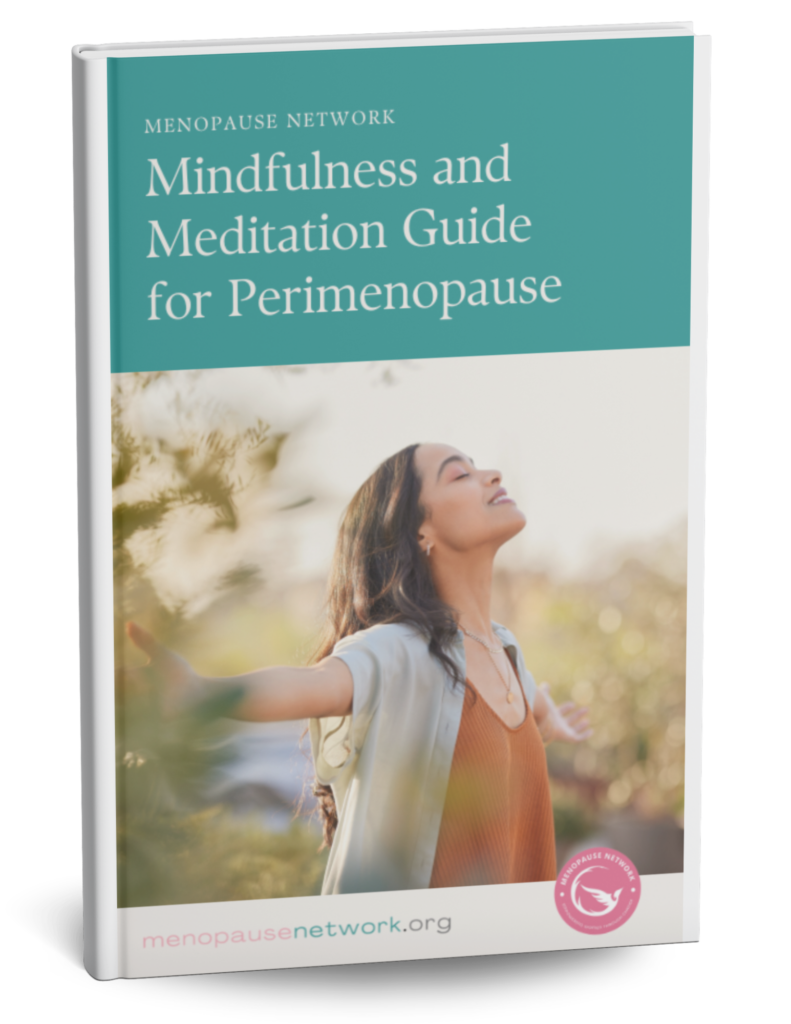Can Your Diet Prevent Hair Loss?
10 Foods That Feed Your Follicles and Keep Your Hair Glowing
Hair shedding in the shower? Finding strands on your pillow or in your brush? You’re not alone. Hair loss—especially during midlife—is a common complaint among women, and while it’s often blamed on hormones, age, or stress (and yes, all those things play a role), there’s one sneaky culprit that often gets overlooked: your diet.
Yes, what you eat—or don’t eat—can impact how full and fabulous your hair looks. While there’s no magic avocado that will stop hair loss overnight (if only!), certain nutrients are crucial for keeping your hair thick, strong, and firmly attached to your scalp.
Here’s the good news: You don’t need a fancy supplement or a prescription to start supporting your strands. Just head to your kitchen. Let’s break down how your diet impacts hair health and the top 10 foods that nourish your scalp and hair follicles from the inside out.
What’s Really Happening on Your Head?
Before we talk food, let’s get a little Hair Health 101. Hair is made up of keratin, a tough protein. And like everything else in your body, your hair relies on a steady supply of nutrients to grow, repair, and thrive. When you’re not getting enough of these nutrients—or if your body is diverting them elsewhere (hello, stress or illness)—your hair can suffer.
The result? Brittle strands, slow growth, increased shedding, and thinning at the crown or temples. Sound familiar?
Here’s where diet steps in. Eating a nutrient-rich diet doesn’t just benefit your heart or hormones—it feeds your hair follicles too. And since hair isn’t an essential tissue, your body prioritizes other organs before sending nutrients to your scalp. That means hair health is a strong indicator of your overall nutritional status.
So, if your hair is trying to tell you something, it’s time to listen—and load up on these 10 powerhouse foods.
1. Salmon: Omega-3s for Scalp Circulation
Why it works: Salmon is a fatty fish packed with omega-3 fatty acids, which help keep your scalp healthy by reducing inflammation and boosting circulation. A healthy scalp = healthy hair follicles.
Bonus nutrients: It’s also rich in protein and vitamin D, both of which play roles in hair strength and growth.
💡 Pro tip: Not a fan of salmon? Try mackerel, sardines, or even flaxseed oil for plant-based omega-3s.
2. Spinach: The Iron Queen
Why it works: Iron deficiency is one of the most common causes of hair loss in women—especially premenopausal women. Spinach is rich in iron, which helps red blood cells carry oxygen to hair follicles.
Bonus: It also has vitamin C (to help with iron absorption) and folate, a B-vitamin that supports cell turnover.
💡 Pair it with: A squeeze of lemon juice or a few strawberries to increase iron absorption.
3. Eggs: Your Protein Powerhouse
Why it works: Hair is mostly protein, so it makes sense that protein deficiencies can lead to shedding. Eggs are not only high in protein but also contain biotin—a B-vitamin essential for hair growth.
Biotin is trendy in supplements, but your body absorbs it better from real food.
💡 Egg-cellent tip: Don’t skip the yolk—it contains most of the hair-healthy nutrients like vitamin D and iron.
4. Sweet Potatoes: Nature’s Scalp Soother
Why it works: Sweet potatoes are loaded with beta-carotene, which your body converts to vitamin A. This vitamin helps produce sebum, the natural oil that moisturizes your scalp.
A dry, flaky scalp isn’t just annoying—it can also hinder hair growth.
💡 One medium sweet potato provides more than 100% of your daily vitamin A needs.
5. Greek Yogurt: Thick Hair Starts Here
Why it works: Packed with protein and B5 (pantothenic acid), Greek yogurt promotes blood flow to the scalp and helps maintain hair follicle function. It’s also a good source of zinc, which supports tissue repair and oil gland function around the follicles.
💡 Go full-fat for added omega-3s and a little more satisfaction.
6. Berries: The Antioxidant All-Stars
Why it works: Blueberries, strawberries, and raspberries are loaded with antioxidants, especially vitamin C, which helps protect hair follicles from damage and aids in collagen production (great for your scalp!).
Collagen also keeps the hair shaft strong, minimizing breakage.
💡 Snack hack: Blend berries with spinach and Greek yogurt for a scalp-loving smoothie.
7. Avocados: Healthy Fats = Healthy Hair
Why it works: Avocados are rich in vitamin E and monounsaturated fats, which boost circulation to the scalp and promote overall hair growth. Vitamin E is also an antioxidant that protects against oxidative stress, which is linked to hair loss.
💡 Hair helper: Just half an avocado provides about 20% of your daily vitamin E needs.
8. Nuts and Seeds: Tiny but Mighty
Why it works: Almonds, walnuts, and sunflower seeds pack in hair-friendly nutrients like zinc, selenium, and vitamin E. Zinc deficiency, in particular, is linked to telogen effluvium, a common form of temporary hair loss.
💡 On-the-go snack: A small handful a day keeps your strands strong and nourished.
9. Lentils: Plant-Based Protein with a Punch
Why it works: Lentils are loaded with protein, iron, zinc, and biotin—making them a plant-powered choice for hair growth. They’re especially great for vegetarians who might struggle to get enough hair-healthy nutrients from diet alone.
💡 Batch cook it: Add lentils to soups, salads, or even taco meat for a fiber-and-protein-rich upgrade.
10. Oysters: The Zinc Superstars
Why it works: Oysters are one of the richest natural sources of zinc, a mineral your hair follicles absolutely love. Zinc helps regulate oil production on the scalp and supports follicle repair.
💡 Fun fact: Just one oyster delivers more than 500% of your daily zinc needs.
Bonus: Foods to Avoid If You Want Gorgeous Hair
Now that we’ve covered what to eat, here’s a quick reminder of what to limit:
- Sugar and refined carbs: They spike insulin and inflammation—two enemies of your follicles.
- Very low-calorie diets: Drastically reducing calories deprives your body of nutrients, and hair is often the first to go.
- Alcohol and caffeine (in excess): They can dehydrate you and interfere with nutrient absorption.
- Highly processed foods: Think chips, frozen dinners, or fast food—they offer little nutritional value for your hair.
What About Supplements?
You’ve probably seen hair supplements promising longer, stronger, thicker locks. While some—like biotin, zinc, and vitamin D—can help if you’re deficient, they’re not a one-size-fits-all fix.
In fact, too much of certain nutrients (like vitamin A or selenium) can worsen hair loss. Always talk to your doctor or a registered dietitian before starting a supplement regimen. The best approach? Focus on whole foods first, and supplement only when needed.
When to See a Doctor
If you’ve improved your diet and you’re still seeing significant hair loss, it’s worth getting checked for:
- Thyroid disorders
- Iron deficiency anemia
- Hormonal imbalances (especially during perimenopause and menopause)
- Autoimmune conditions like alopecia areata
- High stress levels or sleep issues
Hair loss can be complex—sometimes it’s nutritional, sometimes it’s hormonal, sometimes it’s genetic. But good nutrition always supports the process, no matter the root cause.
Final Thoughts: Food First, Follicles Follow
Your hair is a reflection of your overall health—and what you put on your plate matters more than what you put in your shampoo. Eating a balanced diet full of scalp-nourishing nutrients won’t just improve your hair health—it can boost your energy, skin, and mood too. Win-win-win.
So the next time you’re wondering if your diet can help prevent hair loss? The answer is a resounding yes—and your grocery cart might just be the best beauty product you own.
References
- Almohanna, H. M., Ahmed, A. A., Tsatalis, J. P., & Tosti, A. (2019). The Role of Vitamins and Minerals in Hair Loss: A Review. Dermatology and Therapy, 9(1), 51–70. https://doi.org/10.1007/s13555-018-0278-6
- Bregy, A., & Trueb, R. M. (2020). Zinc and its Role in Hair Loss. Dermatology and Therapy, 10, 1103–1115. https://doi.org/10.1007/s13555-020-00447-1
- Deloche, C., Bastien, P., Chadoutaud, S., Galan, P., Bertrais, S., & Hercberg, S. (2007). Low iron stores: a risk factor for excessive hair loss in non-menopausal women. European Journal of Dermatology, 17(6), 507–512.
- Gupta, M., & Mysore, V. (2016). Classifications of Patterned Hair Loss: A Review. Journal of Cutaneous and Aesthetic Surgery, 9(1), 3–12. https://doi.org/10.4103/0974-2077.178536
- Rushton, D. H. (2002). Nutritional factors and hair loss. Clinical and Experimental Dermatology, 27(5), 396–404. https://doi.org/10.1046/j.1365-2230.2002.01079.x

